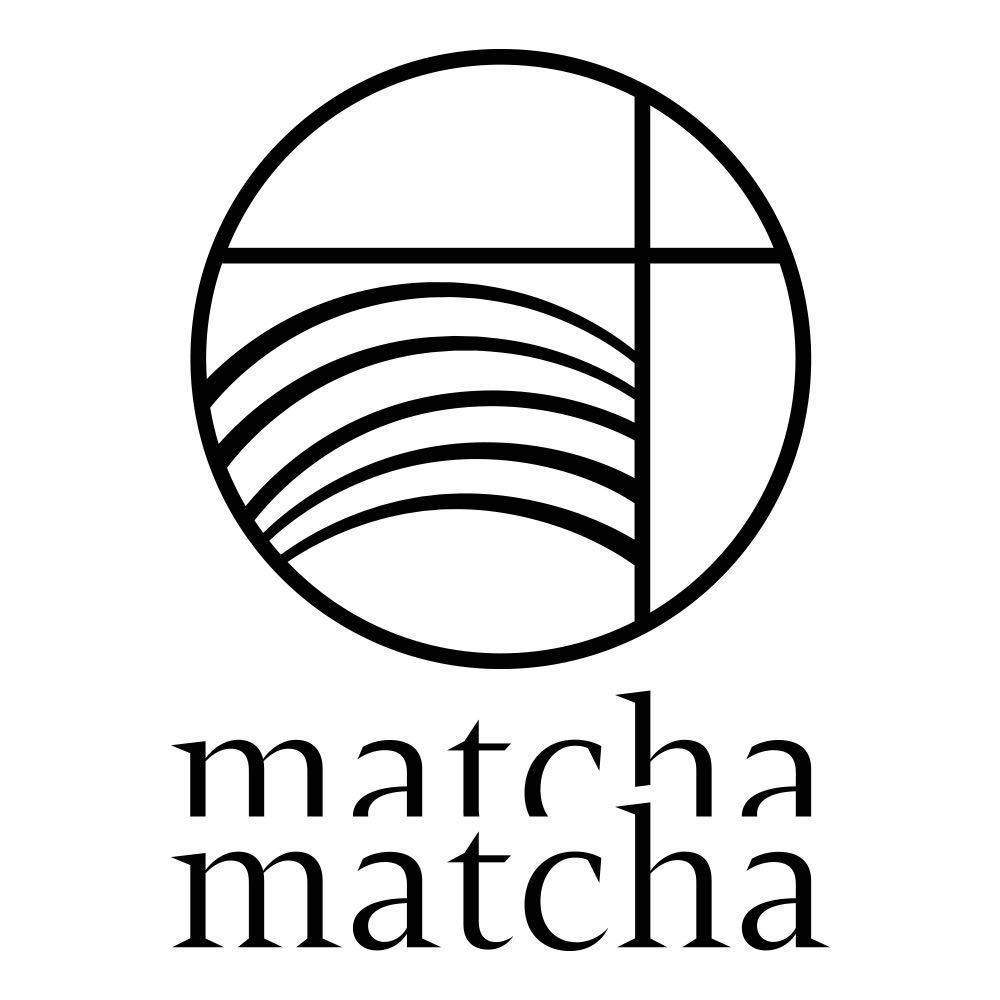Matcha
Matcha is the latest superfood that has garnered worldwide attention.
This unique green tea has been in Japan for centuries. All Japanese green tea and matcha grow from the same tree. Japanese green teas all differ in how they are cultivated, harvested and processed, and are grown in different seasons and types of land.
Shizuoka, Kyoto, Fukuoka, Kagoshima and Mie prefectures are renowned in Japan for their perfectly lined cylindrical green tea plantations. Green tea is harvested from spring to autumn, while in winter the soil is left to rest.
Matcha has a significant place in Japanese culture, and has unique flavours, properties and vivid green colour. Matcha is specially grown under dark sheets which allows the chlorophyll (green pigment) and all its nutritional properties to move upwards to the tips of the leaves in search of light. This makes matcha rich in antioxidants, minerals and caffeine, and creates its vibrant green colour. Once harvested, the leaves are steamed, roasted and then milled into a fine powder form.
With the unique farming and harvesting process, it makes matcha very sensitive to light and heat, so it should be stored in aluminium containers. Once opened, matcha is similar to coffee in that it begins to oxidise which means, visually the matcha begins to turn colour from its vivid green to a more yellow brown colour.
Traditionally, matcha being part of Japanese culture, it was and still is appreciated by a traditional tea ceremony. Years ago the lady of the house performed traditional matcha-making for guests to enjoy, and then the tea is served along with wagashi (traditional Japanese cake/sweet). Today, to keep tradition alive, girls often have the option to practice tea making ceremony known as "sado" in school as an extra curricular activity.
OUR MATCHAS:
What makes us different to smaller matcha companies is that we specialise not only in matcha but all Japanese green teas including various senchas, gyokuro, hojicha, genmaicha etc We also attend tea auctions each season in Japan and make appropriate blends for each country. For Australia, we also roast our teas higher than normal in order to suit the hard water as the water in Japan is very soft. This ensures higher quality in aroma, flavour is delivered to our global clients.
In Japan we do not grade our teas and matchas by numbers. Grades and the vast price ranges are determined by harvest season, the quality of that harvest, the region the tea is grown in and also the various milling processes used.
Only traditional stone ground first harvest matcha can be classified as “ceremonial” matcha.
